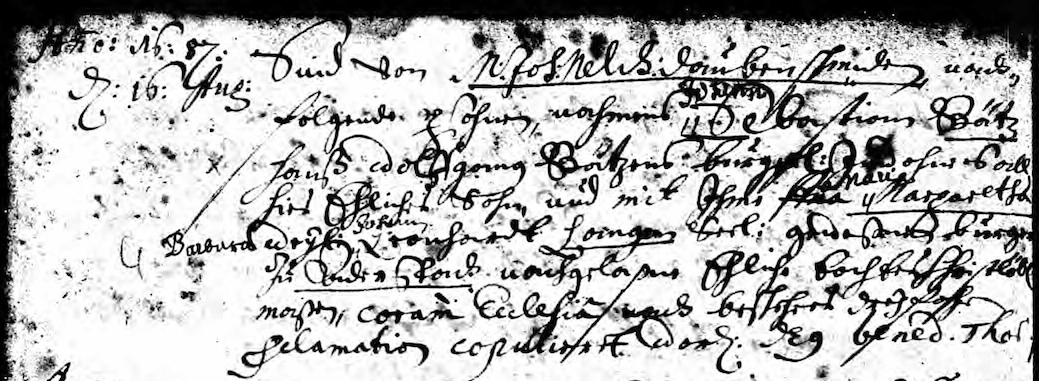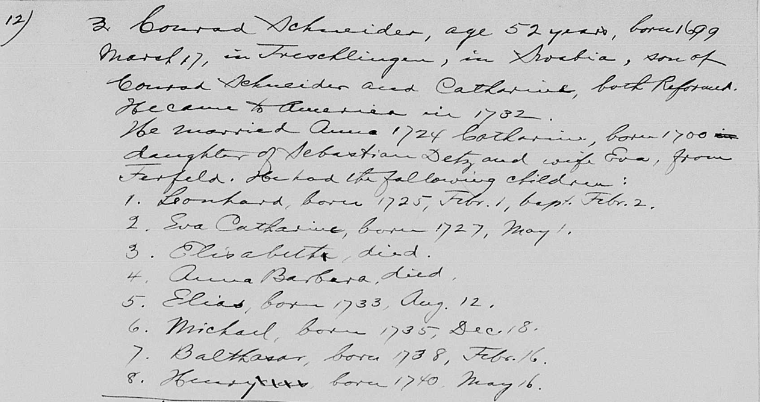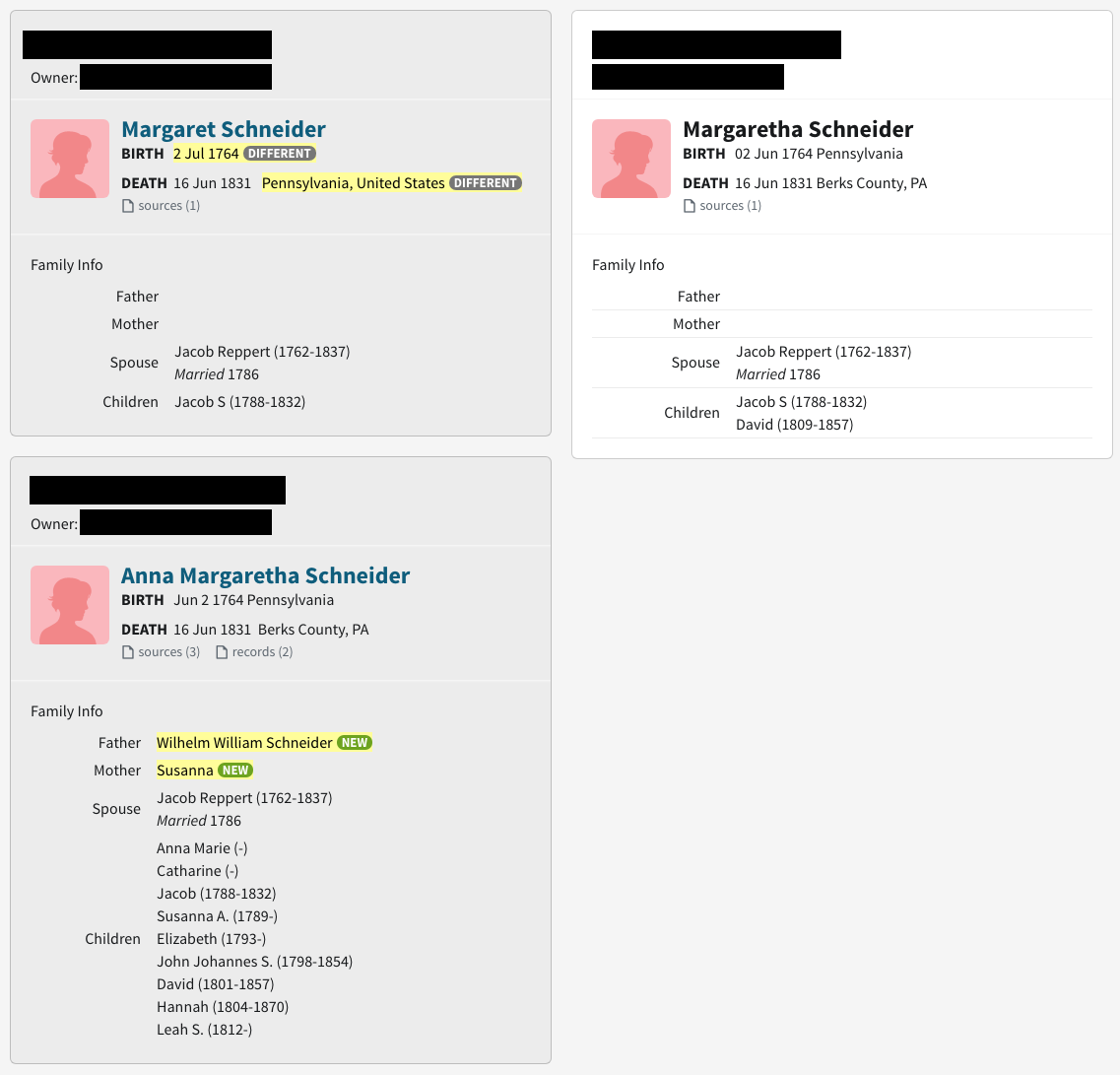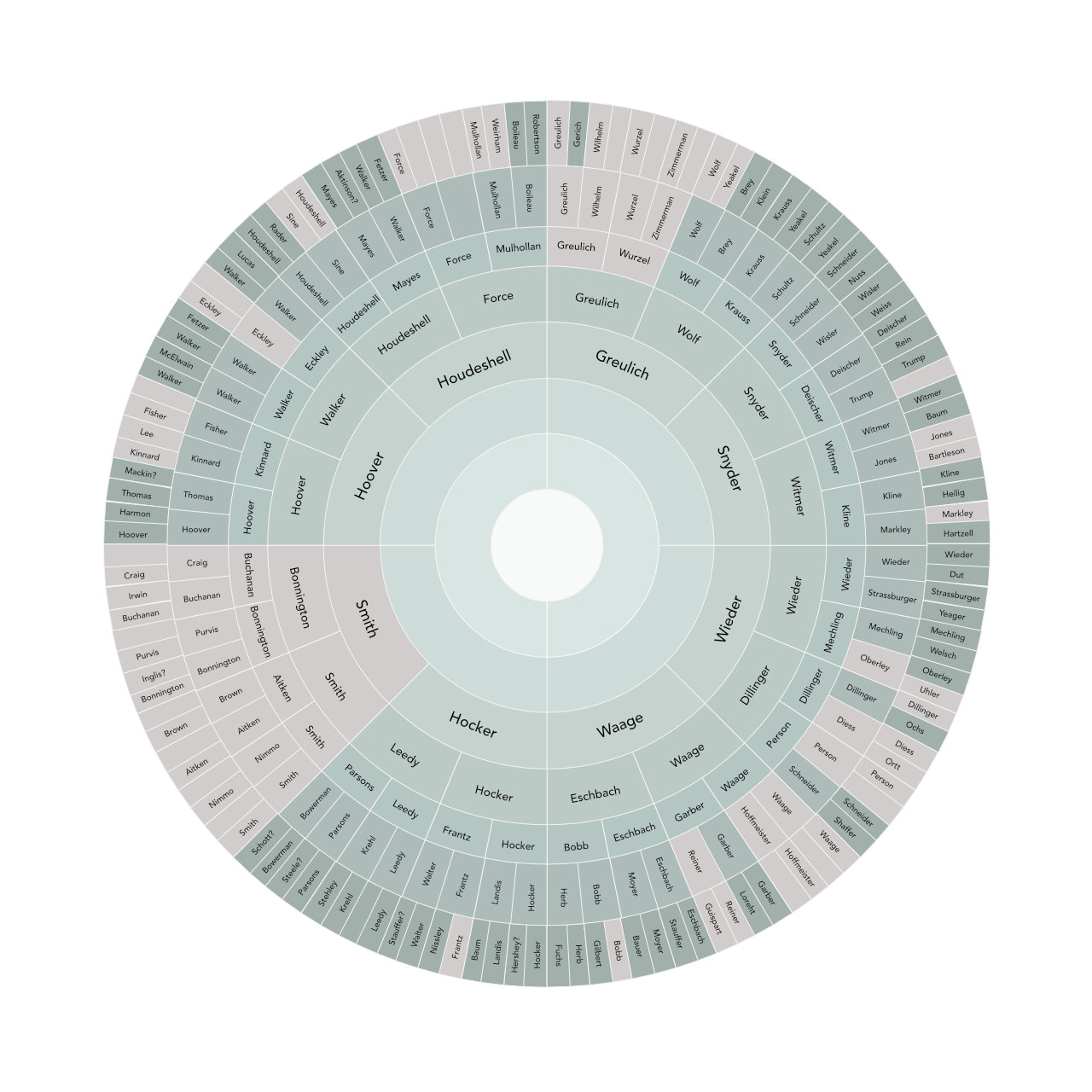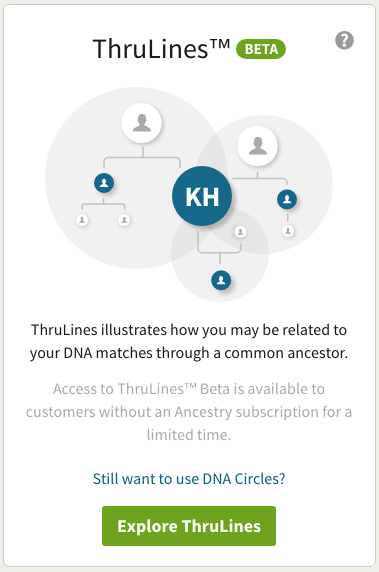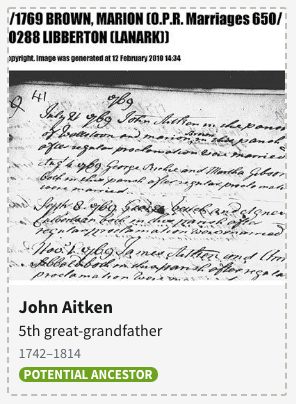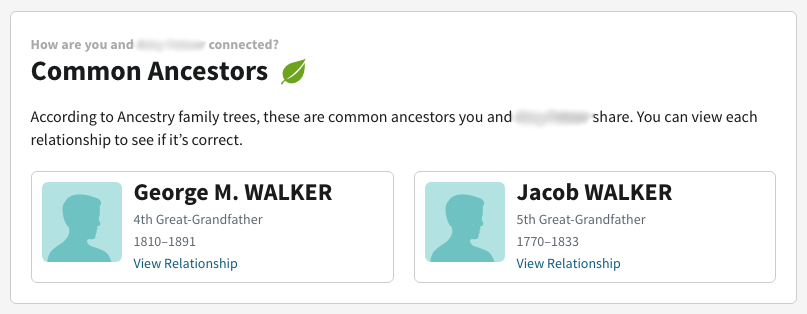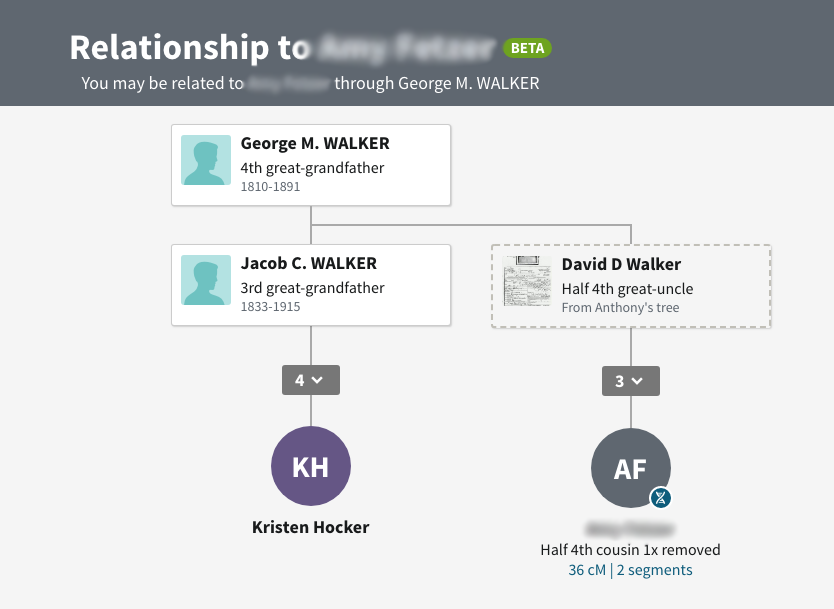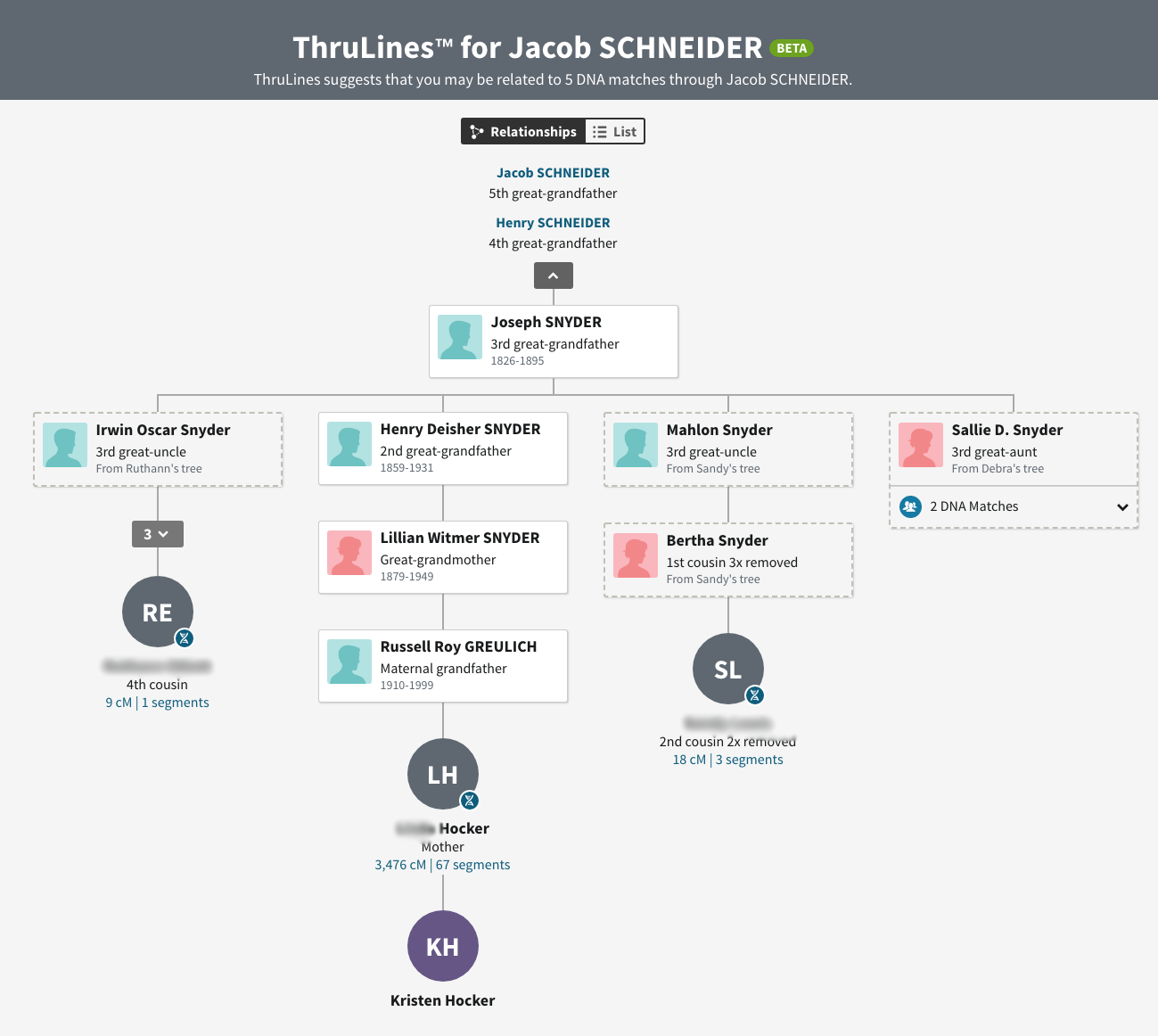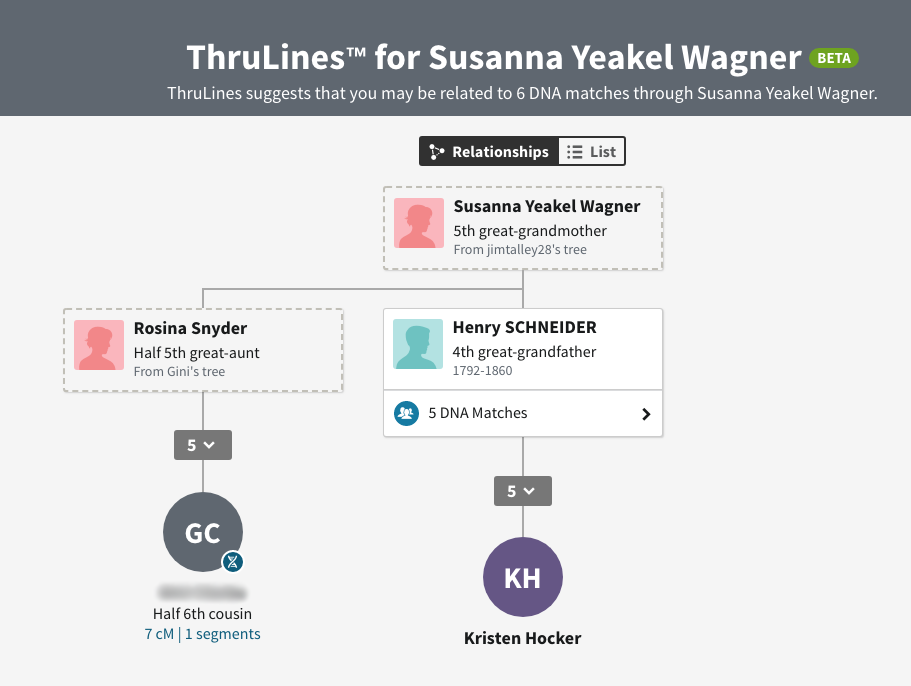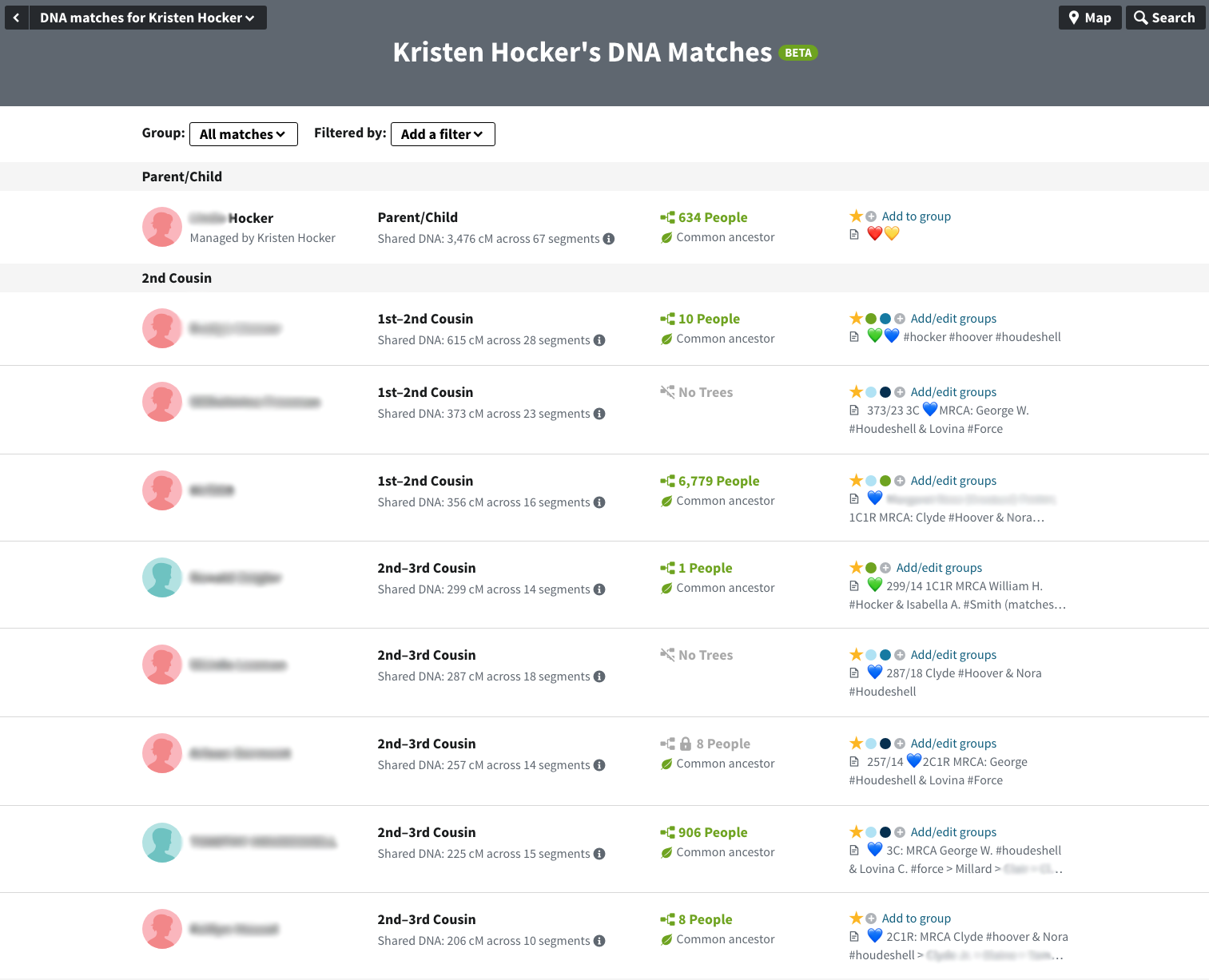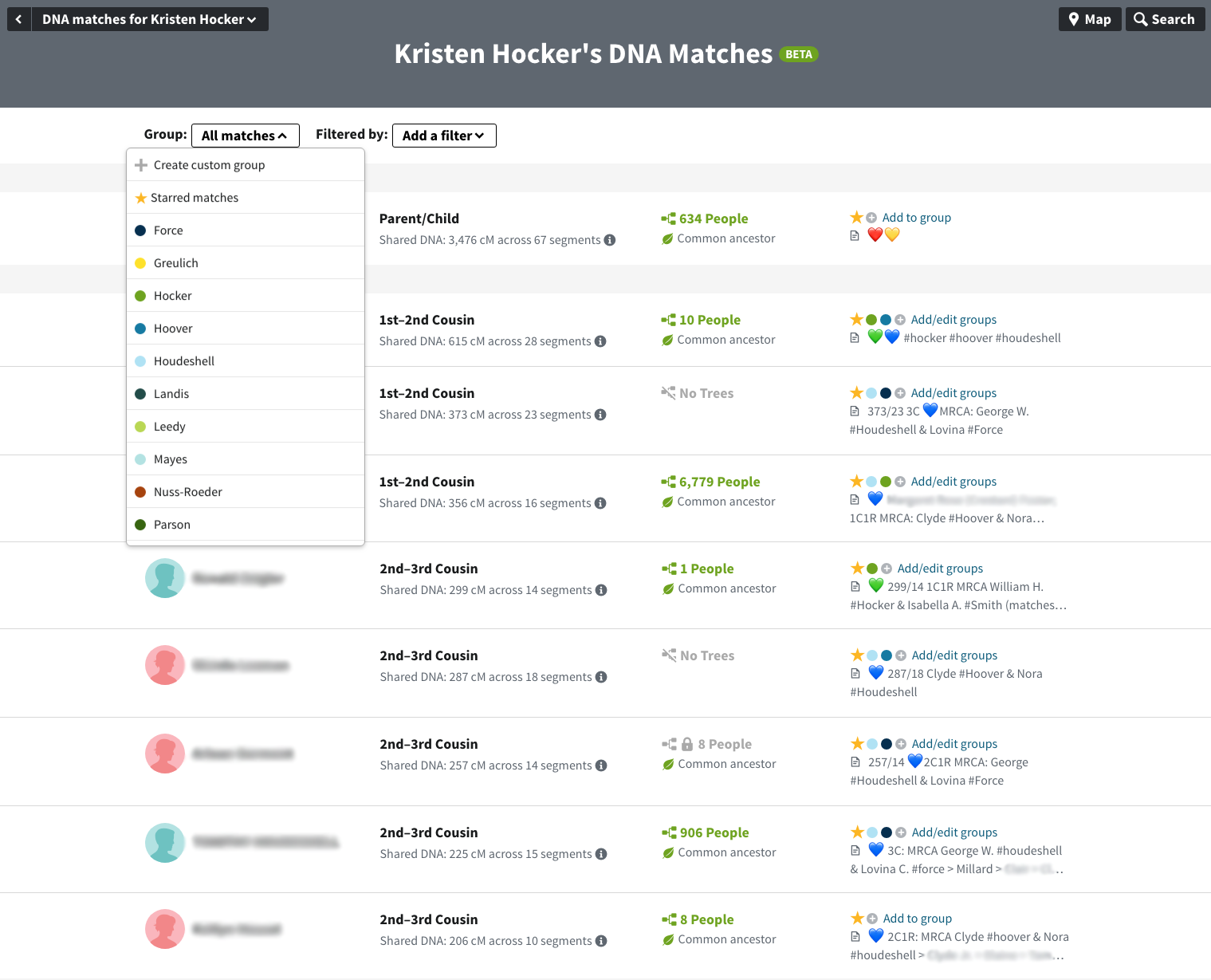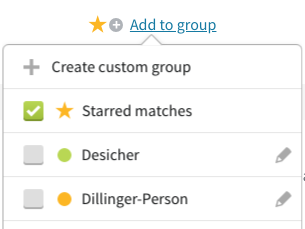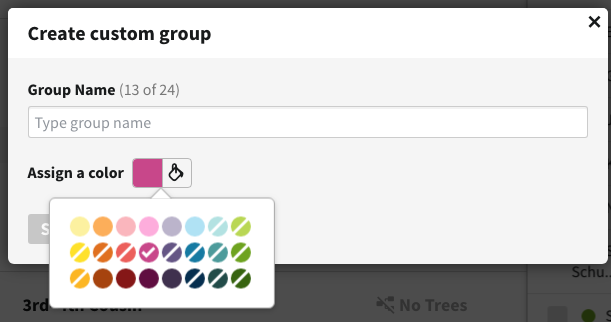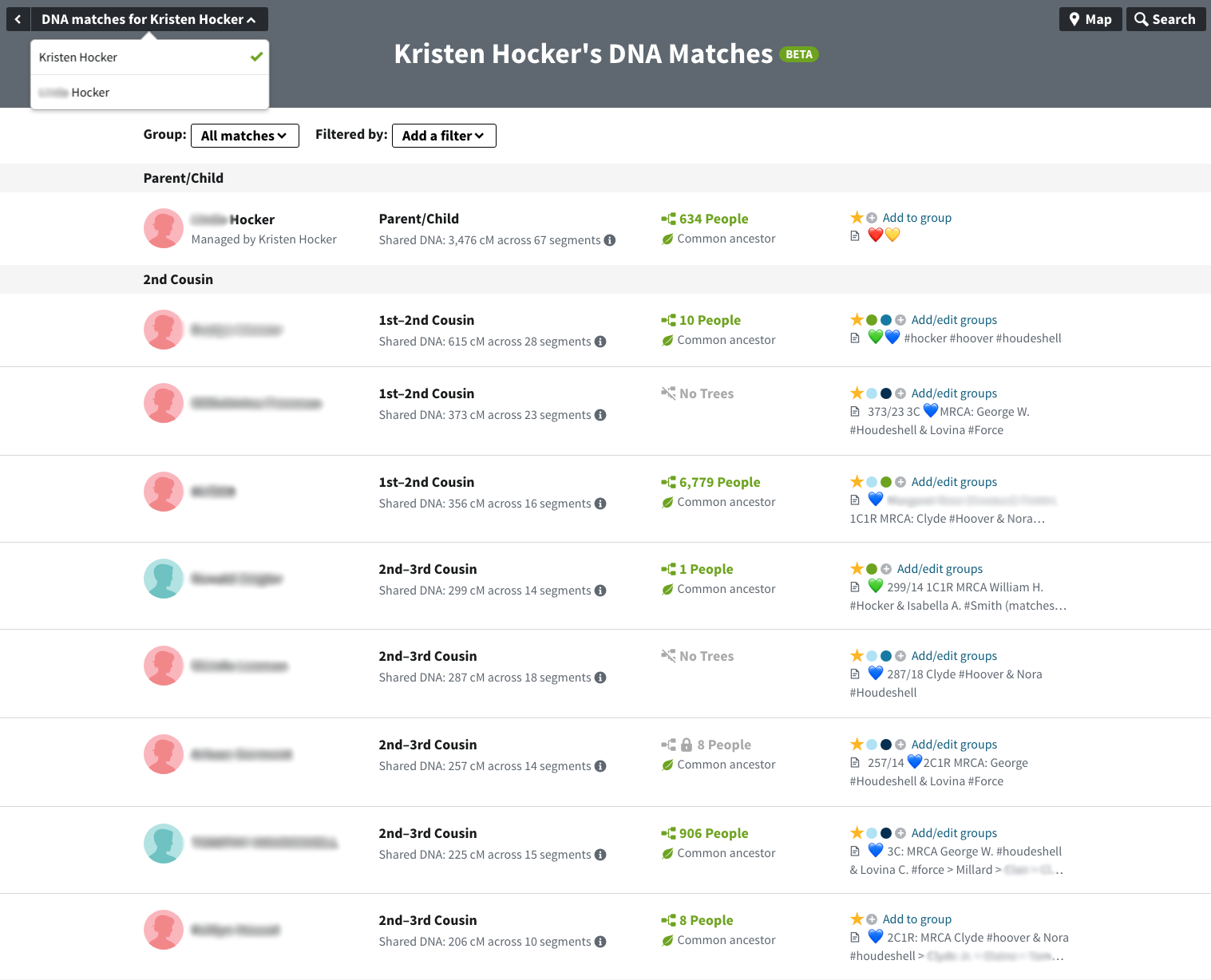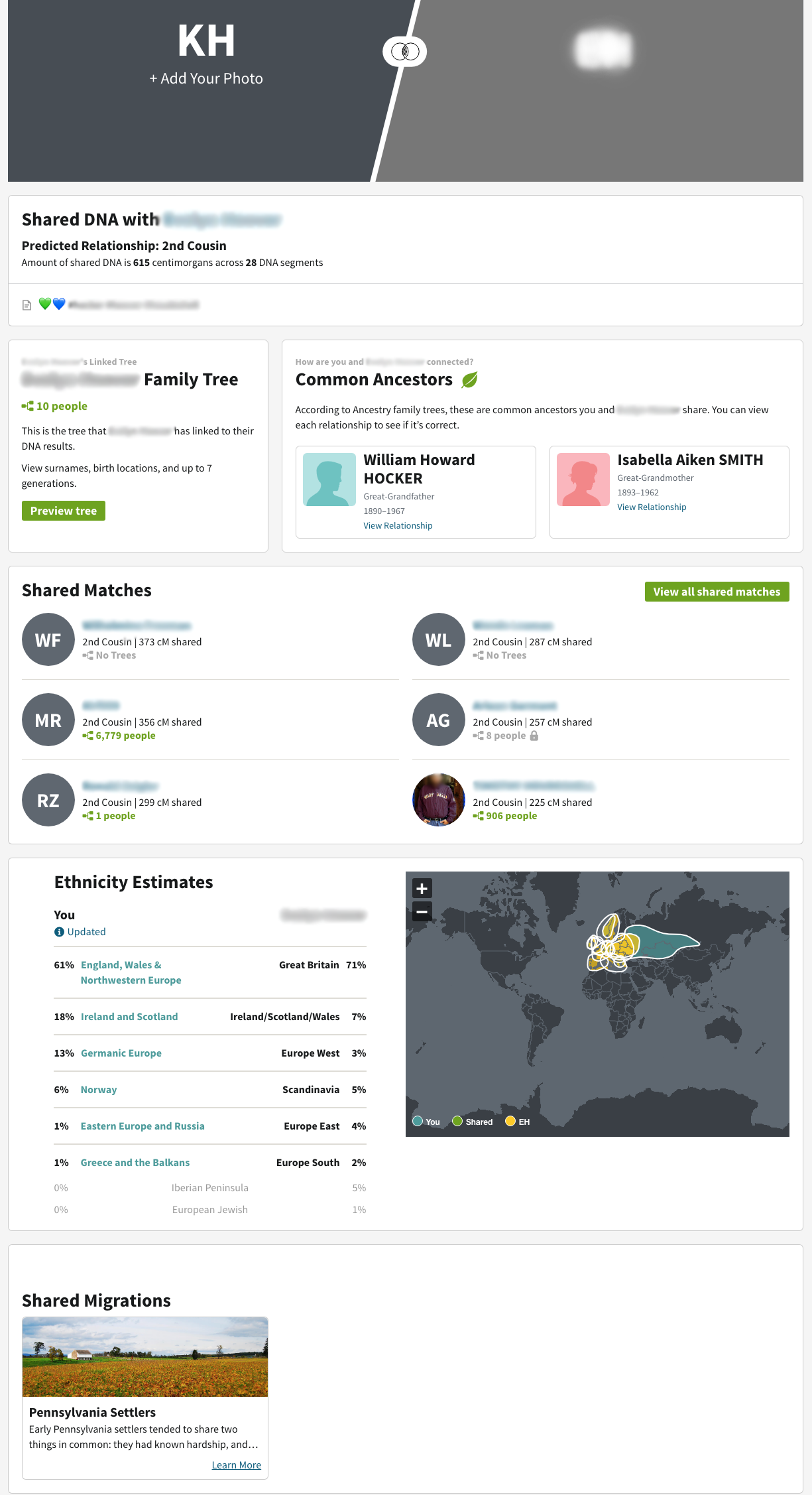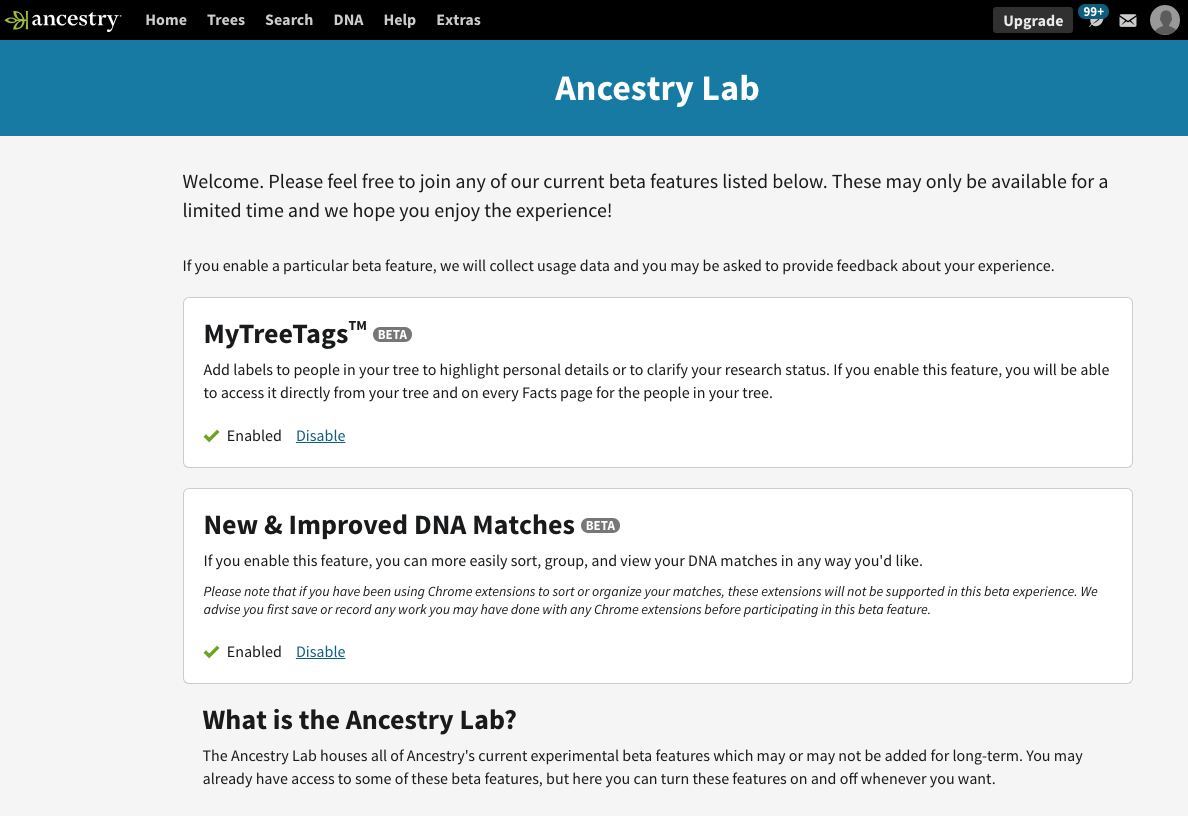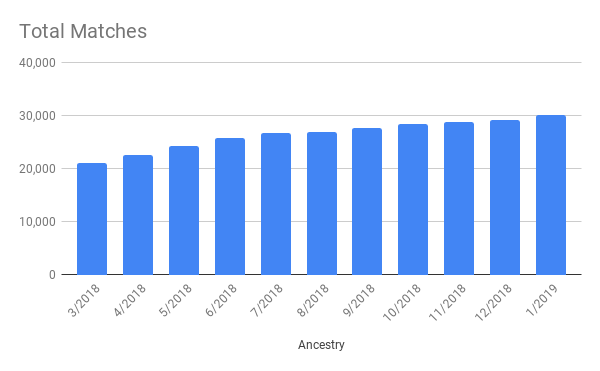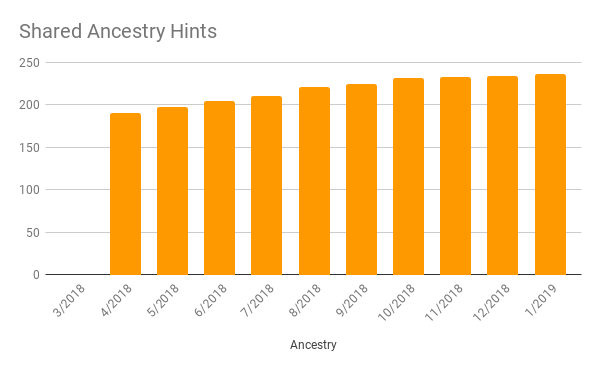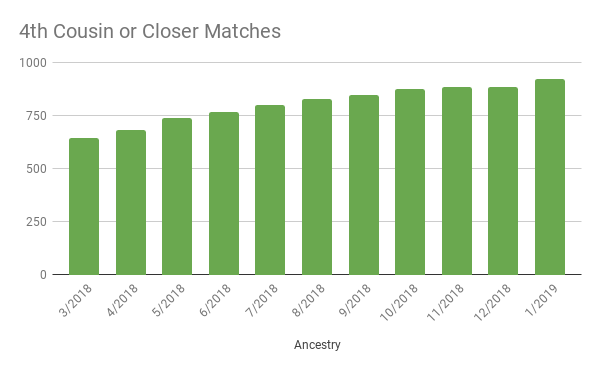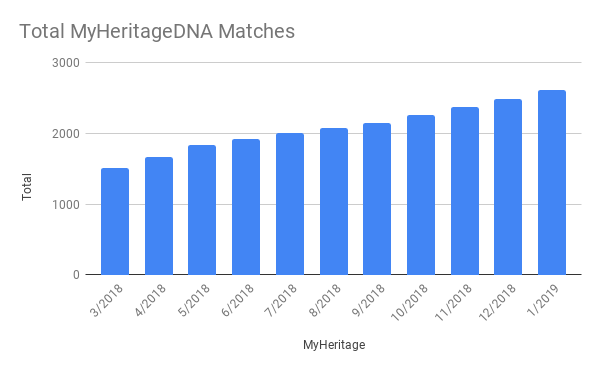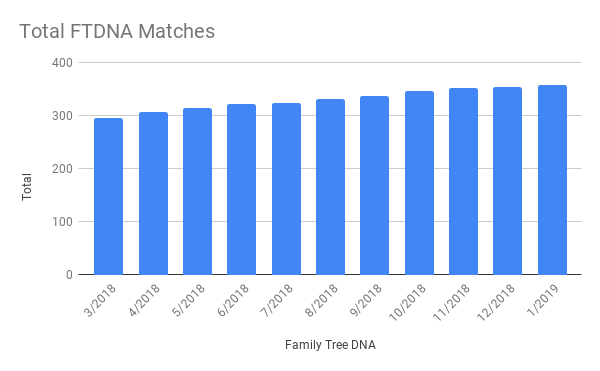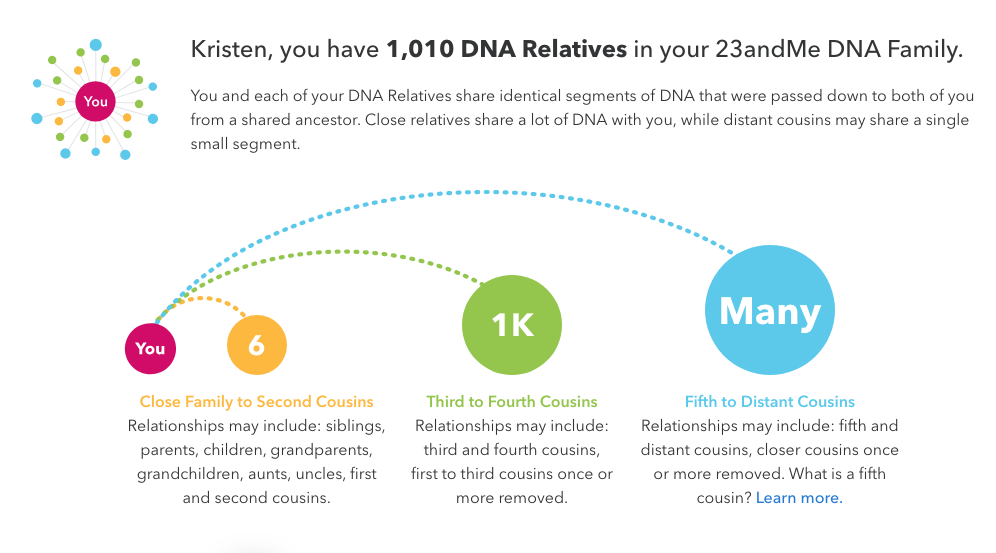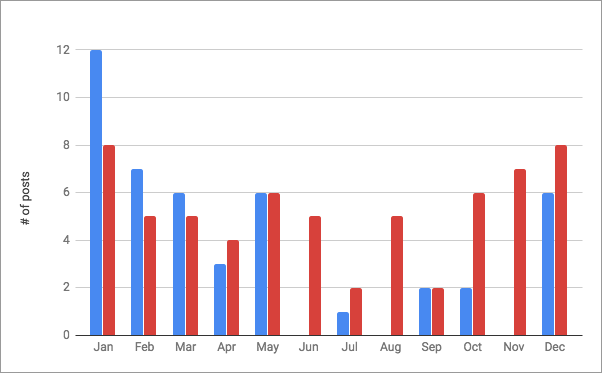AncestryDNA Cluster: Elizabeth (Snyder) Rantz
Every so often I identify a subgroup within a collection of AncestryDNA Shared Matches™ for which I’ve identified a common ancestor, but can’t connect that person to the larger group’s family group.
Such is the case with Elizabeth (Snyder) Rantz. I’ve identified about two dozen of her descendants in the match lists, ranging from 8 to 29 cMs of shared DNA. They all match to various members of the larger Schneider cluster. The descendants come from four five of her children: Harriet (Rantz) Goyette, Hannah (Rantz) Wilson, Caroline (Rantz) Mannie, and Lydia (Rantz) Brousseau, and Margaret (Rantz) Bomboy.
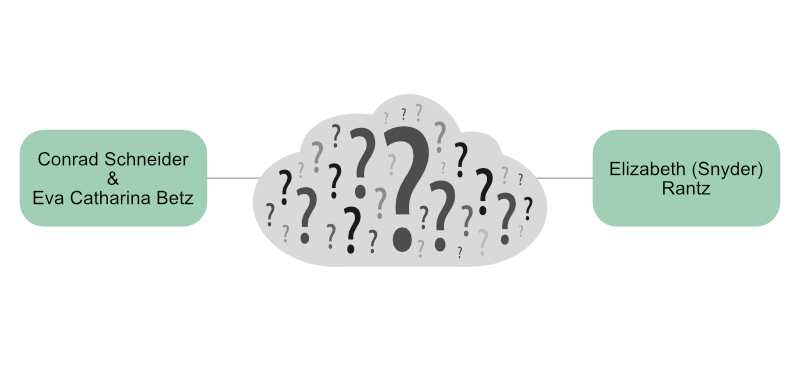
Thus, there’s every reason to believe that Elizabeth (Snyder) Rantz is a descendant of Conrad and Eva Catharina (Betz) Schneider. The problem, of course, is that I haven’t been able to find the papertrail to connect them.
According to the family trees of these descendants, Elizabeth was born 22 February 1807 in Pennside, Berks County, Pennsylvania.1 She married William Rantz 9 May 1824 in Columbia County. The family left Pennsylvania before 1838 and settled in Illinois. Elizabeth died in Bourbonnais, Kankakee County, Illinois on 21 January 1889.2 I’ve seen no hint of her parentage anywhere.
Now I’ve identified members of my Schneider and Nuss families who moved into Berks County, and members of my Nuss family who moved to Columbia County, but I have not identified a Schneider who did both. If I had to take an educated guess—and that’s all this currently is—I’d say it’s possible that she is a descendant of Elias and Anna Maria (Nuss) Schneider.
Of Conrad’s five sons, Elias is the only one with a connection to Berks County. He was born 12 August 1733 in Upper Salford Township, Philadelphia (now Montgomery) County,3 married Anna Maria Nuss on 7 December 1756 in Upper Salford (probably at his father’s house),4 and likely died before 31 March 1779 in Oley Township, Berks County5 with his wife, Anna Maria, serving as his estate administrator. Three of Anna Maria’s sisters lived in Berks County during their lifetimes. Three of her brother Conrad’s children moved to Columbia County.
Elias and Anna Maria had a son, Conrad, born 19 November 1757 and baptized 20 January 1758 at Old Goshenhoppen Lutheran Church.6 I believe Conrad remained in Berks County. He may have married Margaret (___) and had at least six children between 1784 and 1795.
Either Conrad or his son Daniel, born 10 May 1789, would have been of the right age to have had a daughter in 1807. This would make Elizabeth’s descendants 6th or 7th cousins to my mom—feasible given the shared DNA.
Addendum:
If you are a descendant of William and Elizabeth (Snyder) Rantz and you’ve taken a DNA test and would like help working through your DNA matches to identify Elizabeth’s ancestry, I would be thrilled with the opportunity to help. Contact me.
Update (May 2020): Additional descendant matches were found for Margaret Priscilla (Rantz) Bomboy. The post has been edited to include this fact.


